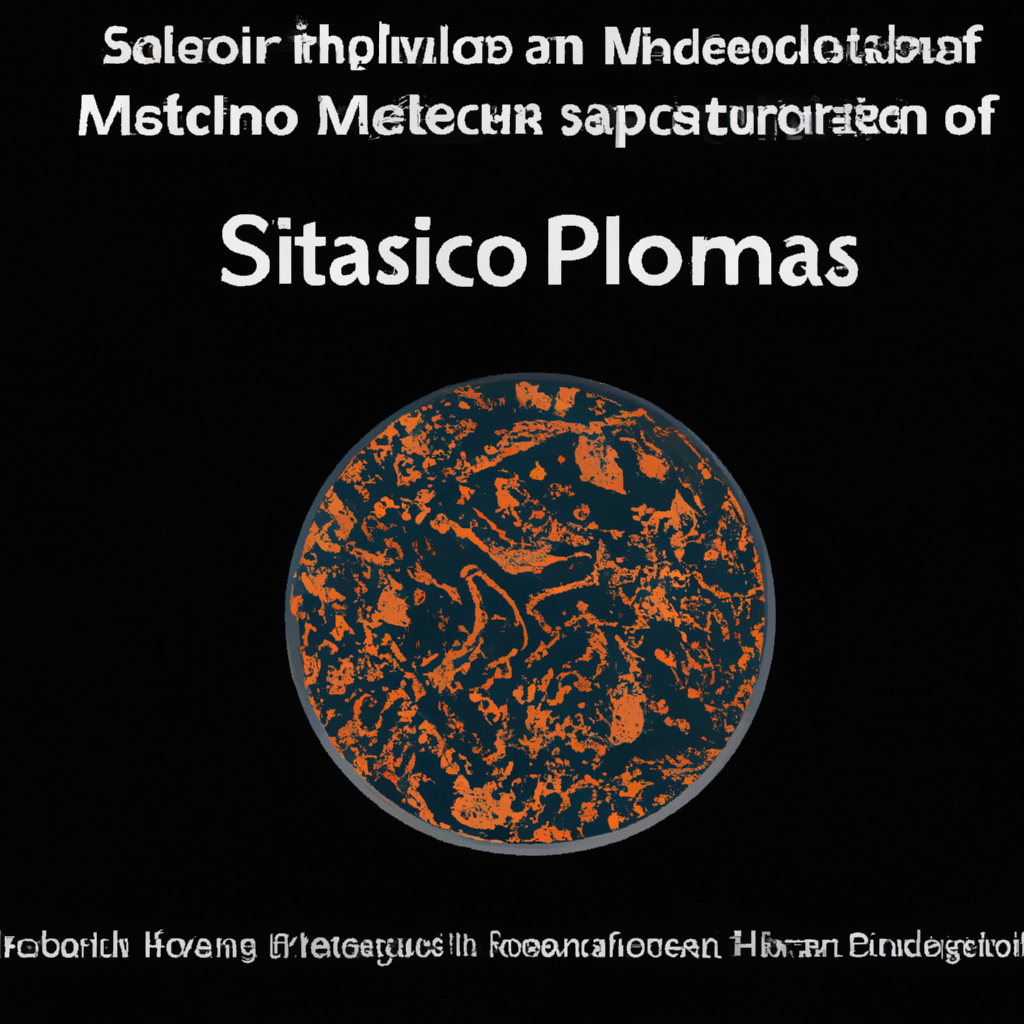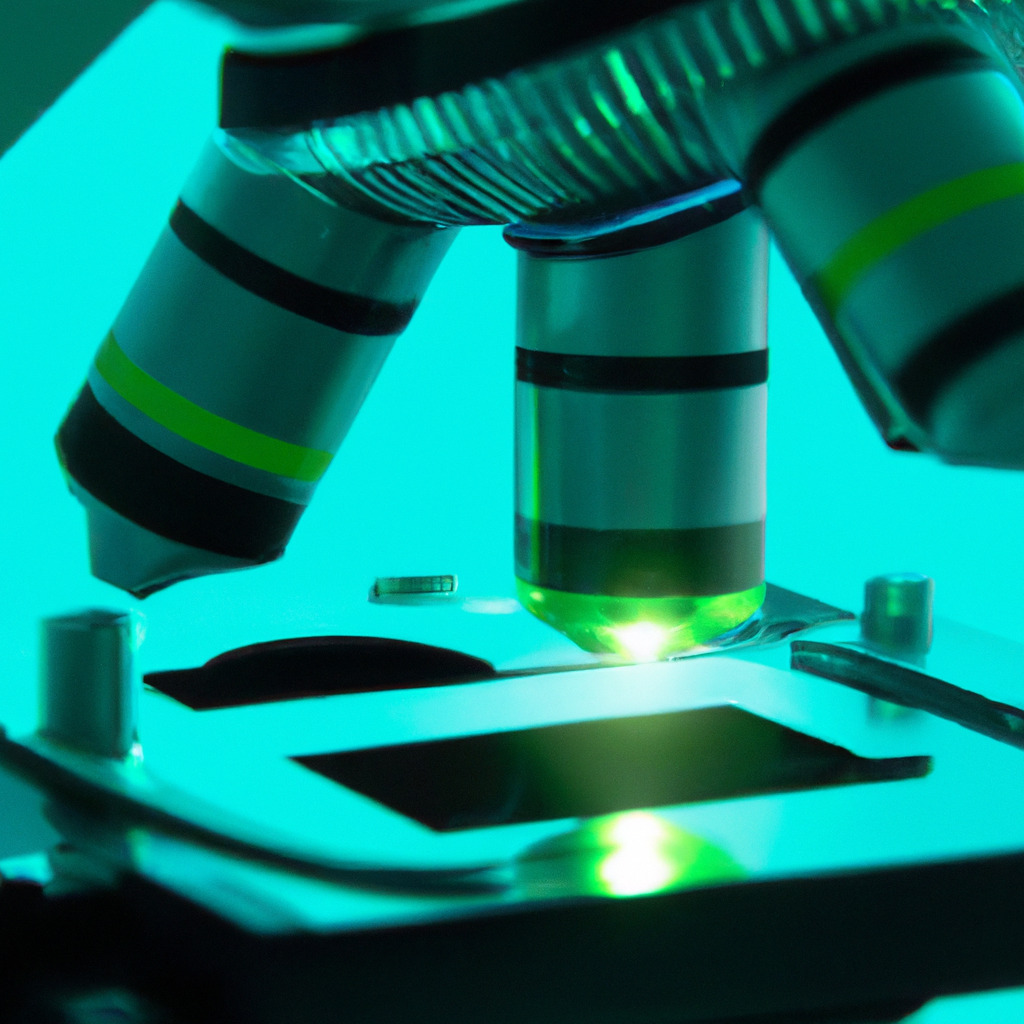Have you ever wondered just how close you can get to the most intricate details of the microscopic world? Well, wonder no more! In this article, we will take you on an adventure through the concept of maximum magnification in digital microscopes. Whether you’re a science enthusiast, a student, or simply curious about the wonders of technology, get ready to embark on an exploration that will leave you in awe of the unseen beauty that lies within the tiniest of particles. Strap on your virtual lab coat and let’s dive into the world of digital microscopy!
Exploring the Maximum Magnification of a Digital Microscope
Definition of Maximum Magnification
When it comes to digital microscopes, the term “maximum magnification” refers to the highest level of enlargement that can be achieved with the device. It measures how much closer an object can appear under the microscope compared to its actual size. The maximum magnification is an important parameter for researchers, scientists, and hobbyists alike, as it directly impacts the ability to observe and study minute details of various specimens.
Factors Affecting Maximum Magnification
Several factors influence the maximum magnification capability of a digital microscope. Understanding these factors is crucial in determining the device’s suitability for specific applications. Some of the key factors that affect maximum magnification include:
-
Optical Resolution: The resolution of the microscope’s optical system is a critical factor that determines the level of detail captured by the device. Higher resolution optics allow for greater magnification without sacrificing image quality.
-
Sensor Resolution: The resolution of the microscope’s image sensor contributes significantly to the maximum magnification achievable. A higher sensor resolution ensures that the captured image contains more pixels, which enables greater enlargement without pixelation or loss of detail.
-
Objective Lenses: The choice and quality of objective lenses play a vital role in the maximum magnification capabilities of a digital microscope. Different objective lenses have varying levels of magnification, allowing users to adjust the zoom levels accordingly.
-
Digital Zoom: Some digital microscopes offer the option of digital zoom, which further enhances the magnification beyond the capability of the objective lenses. Digital zoom, however, should be used with caution as it can lead to a degradation of image quality.

Resolution and Pixels
Resolution and pixel count are essential factors in determining the maximum magnification of a digital microscope. Resolution refers to the level of detail that can be resolved in an image, while pixels are tiny dots that make up the image. Higher resolution and a larger number of pixels result in finer details and allow for greater magnification without sacrificing image quality.
In digital microscopes, the resolution is determined both by the optics and the image sensor. Optics with high resolution can effectively capture sharp and clear images, while a high sensor resolution ensures that the captured image contains more pixels, enabling greater enlargement without pixelation or loss of detail. Therefore, when choosing a digital microscope, it is essential to consider both the optical resolution and the sensor resolution to achieve the maximum magnification desired.
Optical Zoom vs. Digital Zoom
Digital microscopes typically offer two types of zoom capabilities: optical zoom and digital zoom. Understanding the difference between the two is crucial in determining the maximum magnification achievable.
Optical Zoom: Optical zoom refers to the physical adjustment of the lenses within the microscope to achieve higher levels of magnification. It utilizes the microscope’s objective lenses to bring the object closer, maintaining image sharpness and clarity.
Digital Zoom: Digital zoom, on the other hand, is a software-based enhancement that enlarges the image digitally. It does not physically bring the object closer but instead enlarges the existing image. While digital zoom may seem appealing for achieving higher magnification, it is important to note that digital zoom can result in a loss of image quality or pixelation.
When it comes to maximum magnification, optical zoom is preferred over digital zoom since it ensures better image quality and clarity at higher magnification levels. Digital zoom should be used cautiously, especially when capturing images for analysis or documentation purposes.

The Role of Objective Lenses
Objective lenses are a crucial component in digital microscopes that directly affects the maximum magnification achievable. Objective lenses are available in different magnification powers, designated by numeric values such as 4x, 10x, 40x, or 100x. These values indicate the level of magnification each lens can provide.
Digital microscopes typically come with multiple objective lenses, allowing users to switch between different magnification levels. The combination of different objective lenses and optical zoom capability provides users with a wide range of maximum magnification options.
It is important to note that utilizing objective lenses with higher magnification values results in a narrower field of view. This means that as the magnification increases, the portion of the specimen seen under the microscope decreases. Therefore, it is crucial to choose the appropriate objective lens based on the specific requirement and level of detail needed.
Zooming Capability of Digital Microscopes
Digital microscopes offer varying degrees of zoom capability depending on the model and specifications. The ability to zoom in and out allows users to adjust the magnification level according to their needs.
Some digital microscopes have fixed magnification levels, allowing users to choose from pre-set magnifications such as 10x, 100x, or 1000x. Other models offer continuous zoom, which provides a seamless transition between different magnification levels.
The zooming capability of a digital microscope depends on multiple factors, including the objective lenses, optical zoom, and digital zoom. A combination of these factors allows for flexibility in adjusting magnification to achieve the desired level of detail and observation.
Magnification Limitations of the Sensor
While objective lenses play a significant role in determining the maximum achievable magnification, the image sensor also has its limitations. The sensor’s resolution and pixel count impose certain restrictions on how much the image can be enlarged without compromising quality.
As the level of magnification increases, the image sensor’s ability to faithfully capture and reproduce fine details may reach its limits. Higher magnification can lead to pixelation, loss of detail, or a decrease in image sharpness.
To maximize the magnification capabilities of a digital microscope, it is crucial to choose a device with a high-resolution image sensor that can handle the desired level of enlargement without sacrificing image quality.
Digital Microscope Software
The software that accompanies a digital microscope greatly influences its maximum magnification capabilities. Digital microscopes often come with dedicated software that allows users to capture and analyze images.
The software can offer additional features like image stitching, depth-of-field enhancement, measurement tools, and magnification adjustments. These features can further enhance the maximum magnification capabilities of the microscope and improve overall user experience.
When choosing a digital microscope, it is important to consider the compatibility and functionality of the accompanying software to optimize the maximum magnification potential and effectively analyze the captured images.
Image Quality and Magnification
Image quality and magnification go hand in hand when it comes to digital microscopes. Achieving high magnifications is of no use if the resulting image lacks clarity, sharpness, or accurate representation of details.
To ensure optimal image quality at maximum magnification, it is crucial to consider factors such as resolution, pixel count, optics quality, and sensor capabilities. High-resolution optics and a sensor with a sufficient number of pixels enable the microscope to capture and reproduce fine details accurately.
Moreover, image processing techniques, such as noise reduction and image enhancement algorithms, can further improve the image quality at high magnifications. Investing in a digital microscope with advanced image processing capabilities enhances the maximum magnification potential while maintaining excellent image quality.
Application and Practical Considerations
When exploring the maximum magnification capabilities of a digital microscope, it is important to consider the practical applications for which the microscope will be used. Different fields of study and research require varying levels of magnification to observe and analyze specific specimens.
For example, in biological research applications, a high maximum magnification is often desired to study cellular structures and microscopic organisms in detail. On the other hand, in industrial applications, the focus may be on inspecting small components or enhancing quality control processes. Understanding the specific application requirements will guide the selection of a digital microscope with the appropriate maximum magnification.
Additionally, it is essential to consider other practical factors such as ease of use, ergonomics, connectivity options, and compatibility with other equipment or software. These considerations ensure a seamless experience and enable users to make the most out of the digital microscope’s maximum magnification capabilities.
In conclusion, the maximum magnification of a digital microscope is determined by various factors, including resolution, pixels, objective lenses, zoom capabilities, image sensor, software, and practical application considerations. Optimizing these factors enables researchers, scientists, and hobbyists to explore and analyze specimens with enhanced clarity and detail. By understanding and considering these factors, individuals can select the most suitable digital microscope to fit their specific needs, ensuring efficient and accurate observation and analysis.




